BackgroundMartin Luther’s Reformation sharply divided German princes within the Holy Roman Empire, leading to conflict between the Catholic Hapsburg emperors and the princes (primarily in the northern part of the Empire) who adopted Lutheran Protestantism. This led to several conflicts that ended with the Peace of Augsburg (1555), which established the principle of cuius regio, eius religio (whoever reigns, his religion) within the Holy Roman Empire. According to the terms of the Peace of Augsburg, the Holy Roman Emperor renounced the right to enforce a single religion throughout the “Empire” and each prince could choose between establishing Catholicism or Lutheranism in the lands under his own control.
The Thirty Years’ War began as a local religious conflict between the Catholic Holy Roman Emperor and his Protestant subjects in Bohemia, but grew into a continent-wide political conflict over the Balance of Power in Europe. The Four PhasesThe Bohemian Phase
The Danish Phase
The Danish Phase concluded with the Catholics again firmly in the lead. In 1629, Ferdinand issued the Edict of Restitution, which ordered the return of Catholic lands that had been taken over by Protestants since the Peace of Augsburg. The Swedish Phase
The Swedes were helped by financial support from the French, who decided to support the Protestant faction in spite of France being a Catholic country. Cardinal Richelieu, the First Minister of France, was a politique in the vein of Henry IV, caring more about weakening the Hapsburgs than about what religion people professed in the Holy Roman Empire.
The French PhaseGustavus Adolphus was killed in battle in 1632, ending Sweden’s active leadership in the Protestant cause. In the last phase of the Thirty Years’ War, the most dominant player on the Protestant side was Catholic France. Granted, the French had a bit of help from the Swedes, who had switched roles from fighter to financier. Here’s a device for remembering the roles of the Swedes and the French during the later phases of the Thirty Years’ War:
The Peace of Westphalia (1648)The last phase of the Thirty Years’ War was the bloodiest and failed to produce a decisive result. After thirty years, people were weary of war and had lost track of why they were even fighting. The warring parties gathered at Westphalia to hammer out a rational peace to end a long war that had begun as a local religious conflict.
Calvinism was accepted as a third option for princes in the Holy Roman Empire to choose as an official religion and the freedom of private worship for religious minorities within the principalities of the Empire was guaranteed. The goal here was to avoid future religious conflict. The Thirty Years’ War was the last major religious war in Europe and put an end to the violence accompanying the Protestant Reformation.
7 Comments
|
Tom RicheyI teach history and government Archives
May 2023
Categories
All
|

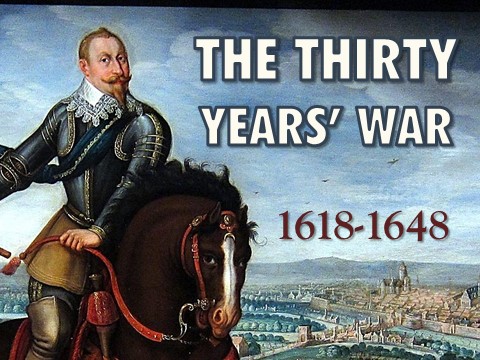
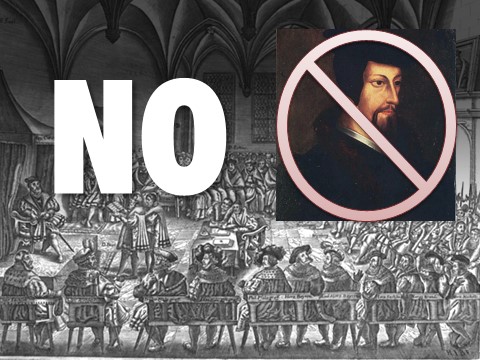
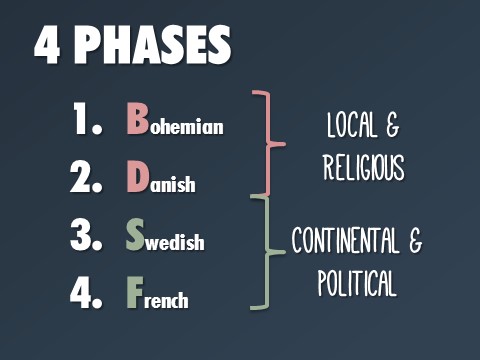
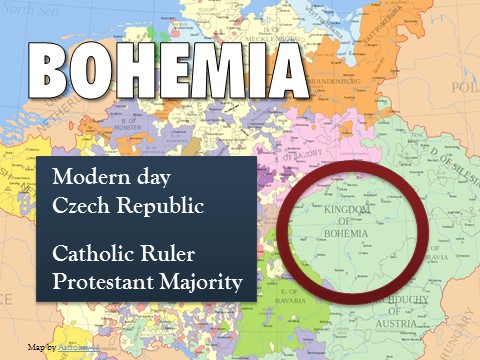
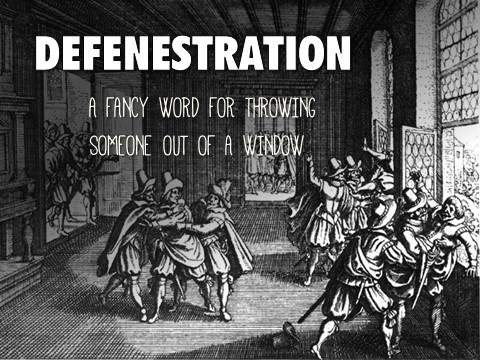
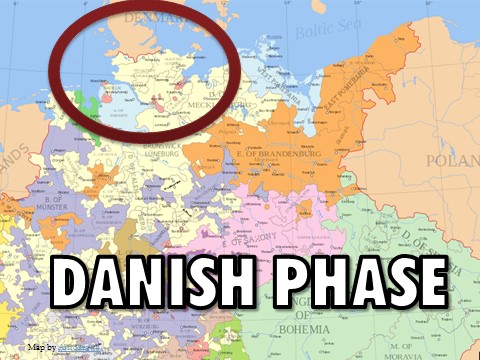
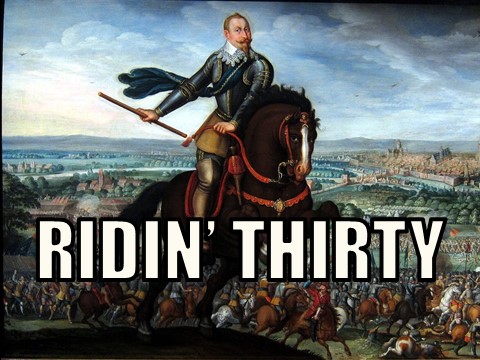
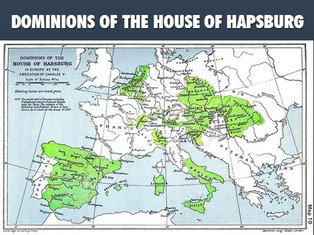
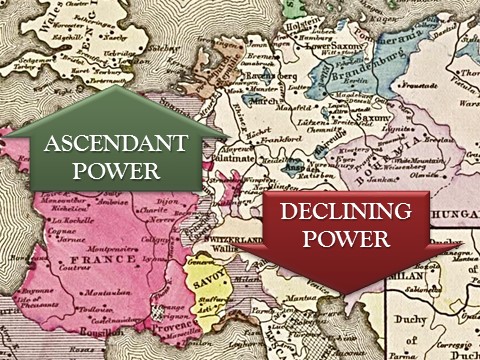

 RSS Feed
RSS Feed